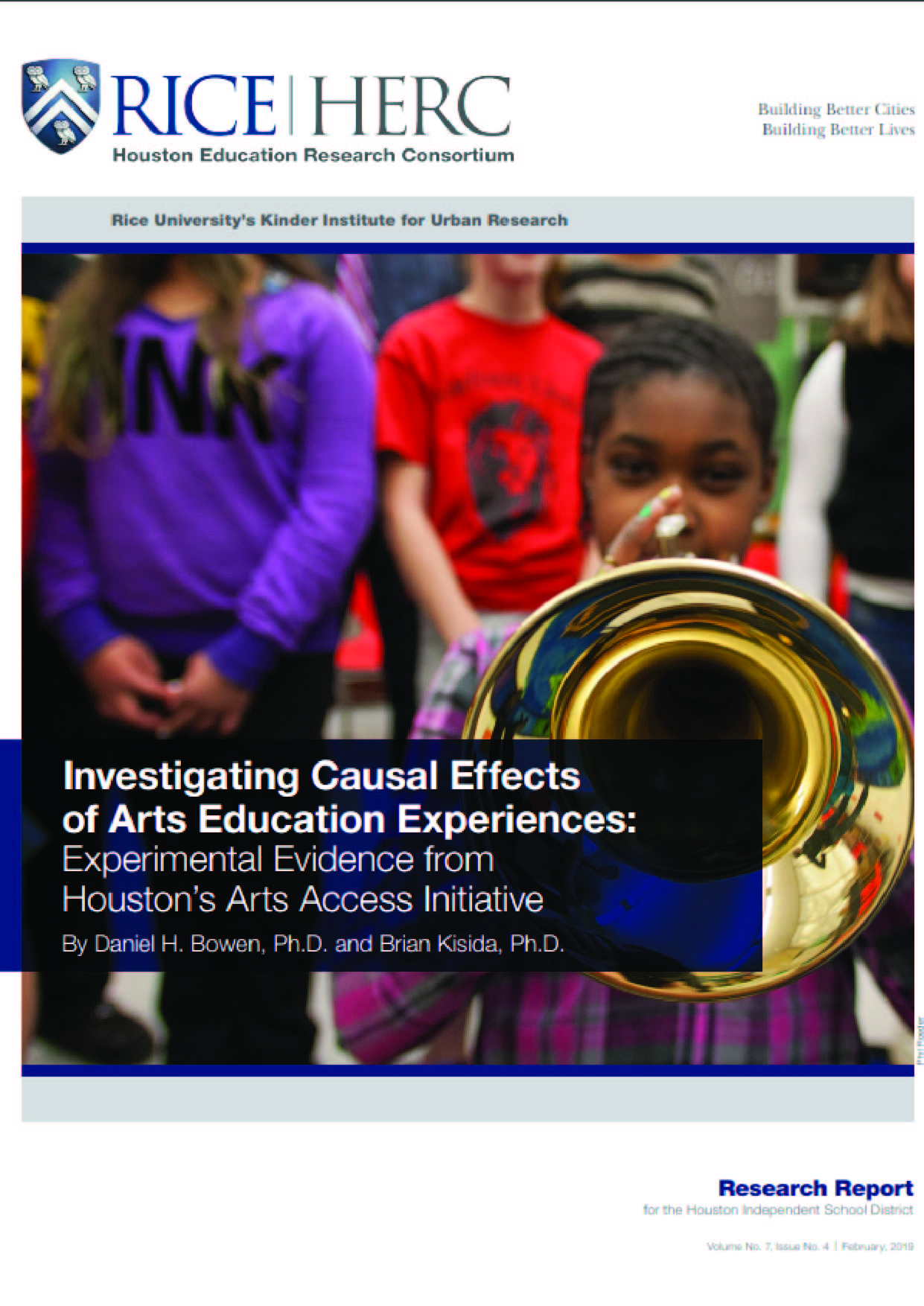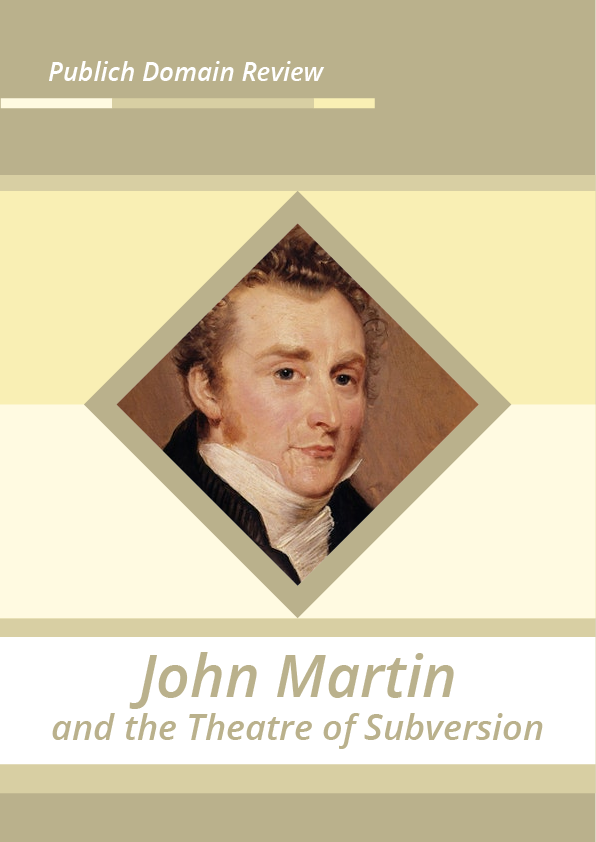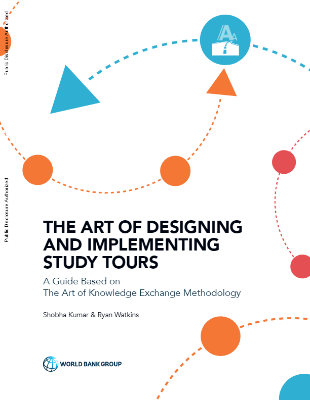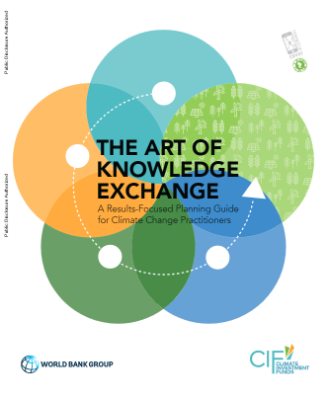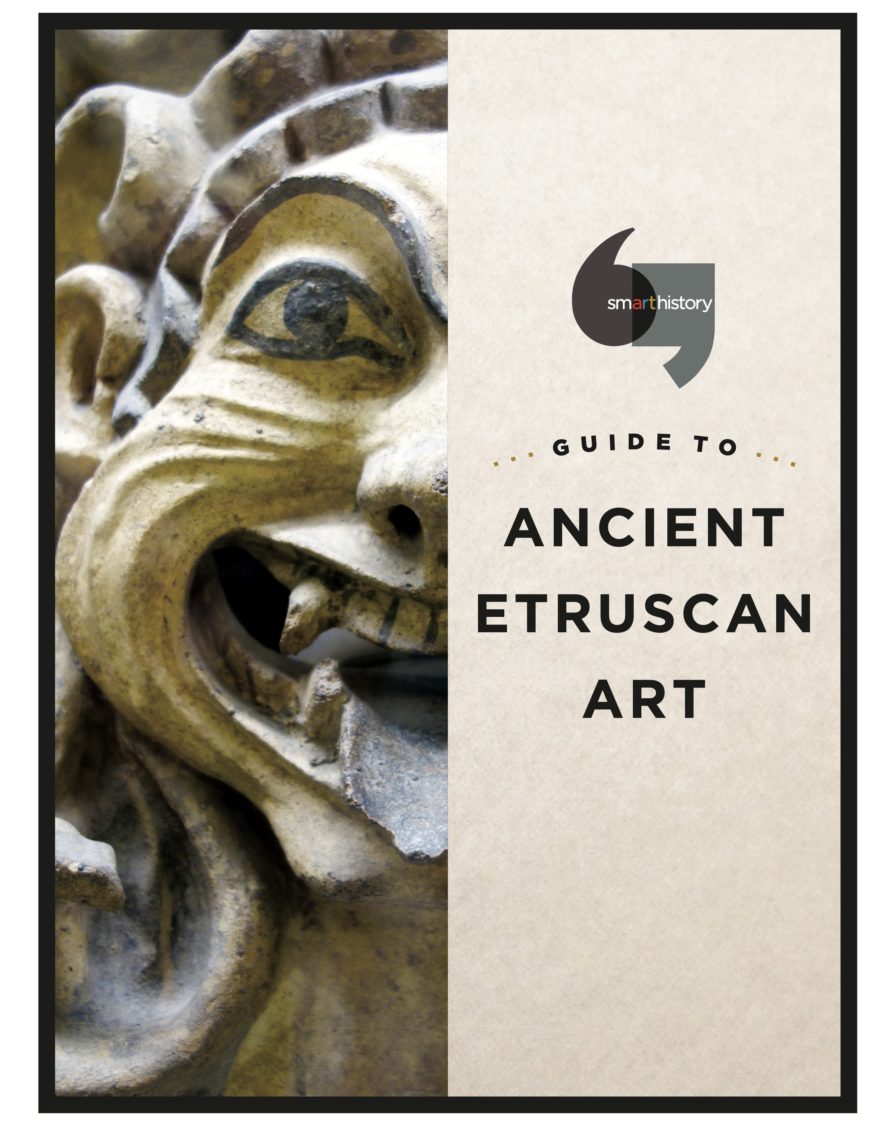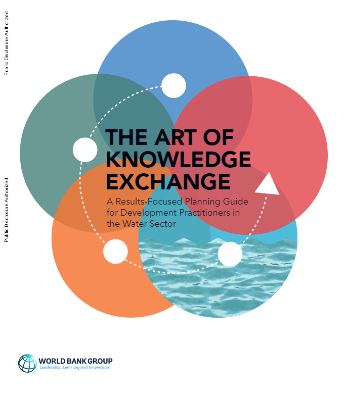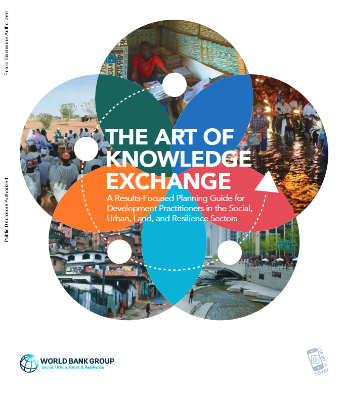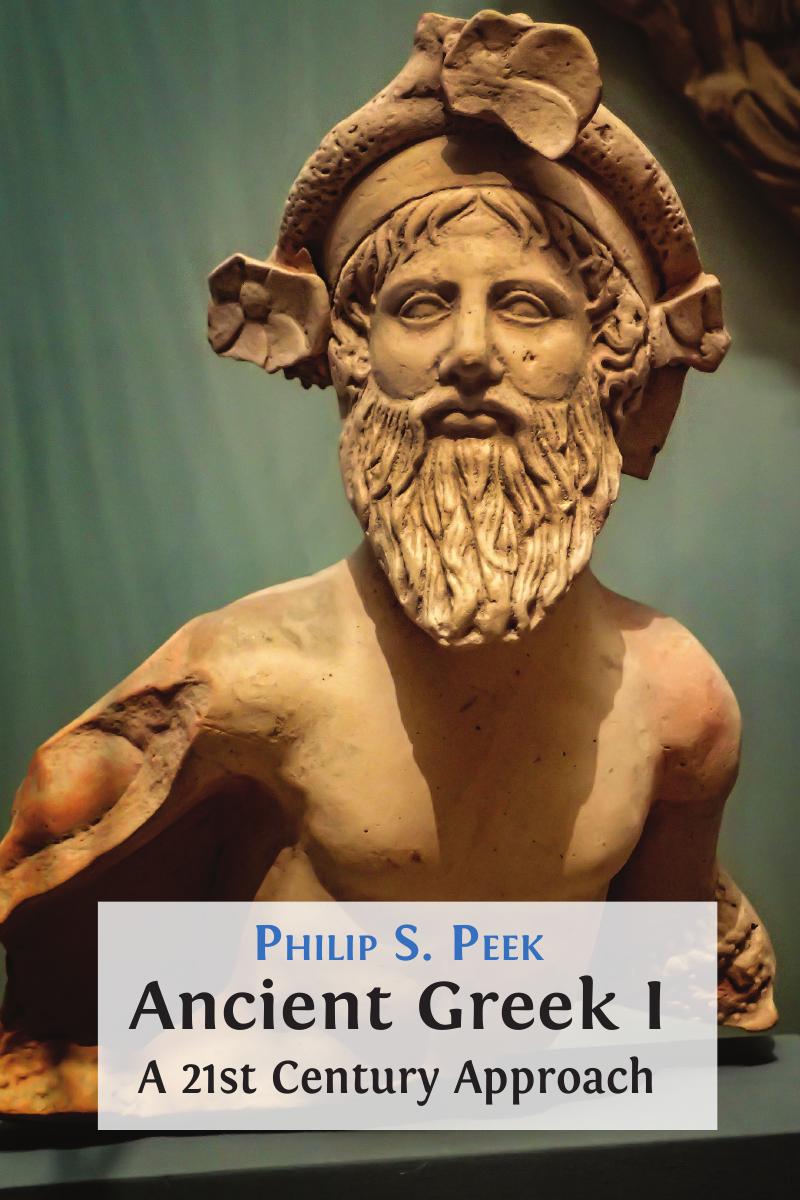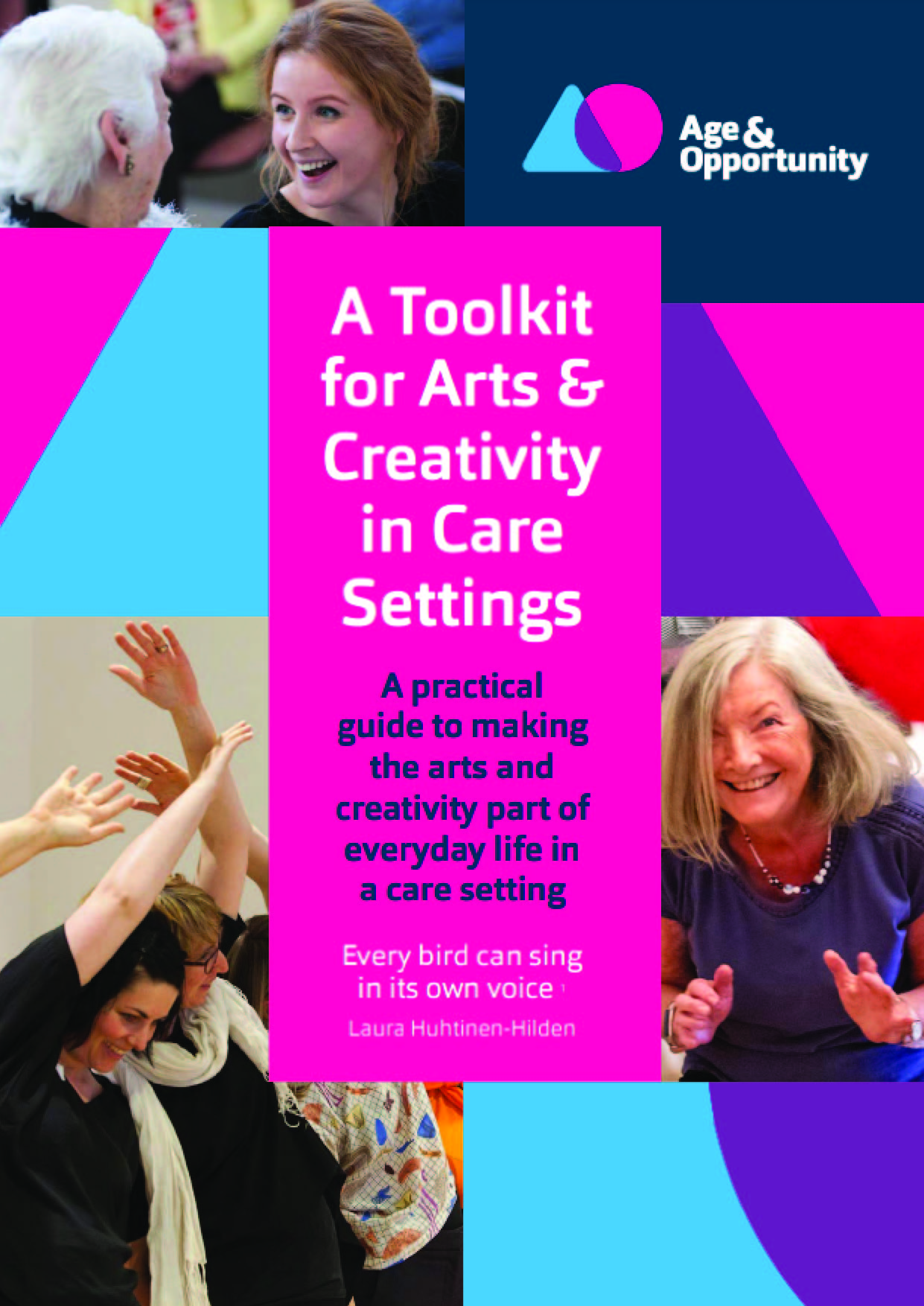Abstract
The recent wave of test-based accountability reforms has negatively impacted the provision of K-12 arts educational experiences. Advocates contend that, in addition to providing intrinsic benefits, the arts can positively influence academic and social development. However, the empirical evidence to support such claims is limited. We conducted a randomized controlled trial with 10,548 3rd- 8th grade students who were enrolled in 42 schools that were assigned by lottery to receive substantial influxes of arts education experiences provided through school-community partnerships with local arts organizations, cultural institutions, and teaching-artists. We find that these increases in arts educational experiences significantly reduce the proportion of students receiving disciplinary infractions by 3.6 percentage points, improve STAAR writing achievement by 0.13 of a standard deviation, and increase students’ compassion for others by 0.08 of a standard deviation. For students in elementary schools, which comprise 86 percent of the sample, we find that these arts educational experiences also significantly improve school engagement, college aspirations, and arts-facilitated empathy. These findings provide strong evidence that arts educational experiences can produce significant positive impacts on student academic and social development. Policymakers should consider these multifaceted educational benefits when assessing the role and value of the arts in K-12 schools.
Acknowledgments
We are grateful for the guidance, access, and support we received from the Houston Independent School District, the participating evaluation schools, the Houston Education Research Consortium, Young Audiences Inc. of Houston, and the participating arts partners and their administrators and staff. We also thank the following individuals who were instrumental, helpful, and supportive of our efforts: Daniel Gohl, Dr. Andrew Houlihan, Dr. Grenita Lathan, Deborah Lugo, Wenden Sanders, Adam Stephens, Carla Stevens, Douglas Torres-Edwards, and all of the school principals, campus arts liaisons, and administrators and representatives from arts organizations who participated in our focus groups, interviews, and surveys. Finally, we acknowledge the incredible research assistance and feedback we received from Dr. Holly Heard, Brenna Lin, Dr. Jean Madsen, Kelsey Ragan, Dr. Ruth N. López Turley, and the panel discussants and participants at our Arts Education Partnership, Association for Education Finance and Policy, Education Policy Collaboritive (EPC), and University Council for Educational Administration conference presentations. This study was made possible by generous support of the Houston Endowment, National Endowment for the Arts, and the Spencer Foundation.
Introduction
Following a steady increase throughout most of the 20th century, arts education opportunities in the United States have been in steady decline since the 1980s (Hamilton et al., 2007; Rabkin & Hedberg, 2011; von Zastrow & Janc, 2004; West, 2007). This trend has not been equitable across student subgroups. Over this period, white students have experienced virtually no change, whereas African- American students have experienced reductions of 49 percent and Hispanic/ Latinx students by 40 percent. Moreover, children whose parents have less than a high school education have experienced a 77 percent decline (Rabkin & Hedberg, 2011). Childhood arts experiences predict arts participation and engagement later in life, meaning that decreases in childhood access likely has lasting effects. These trends are especially concerning in Houston, where 86% of students enrolled in the Houston Independent School District (HISD) are African-American or Hispanic/ Latinx (HISD, 2017). Moreover, in the 2012 Houston Arts Survey, it was reported that nearly 60% of respondents had attended at least one artistic performance in the past year; however, participation plummeted to 29% for individuals from households with incomes at or below $37,500 (Klineberg, Wu, & Aldape, 2012).
The arts have intrinsic benefits for participants, but advocates also contend that the arts play a vital role in public education because they enhance skills and knowledge that transfer to student performance in other academic subjects, positively affect social and emotional learning, and enhance artistic ability and creativity which are valuable skills in today’s economy. (Deasy, 2002; Eisner, 2002; Winner, Goldstein, & Vincent-Lancrin, 2013; Winner & Hetland, 2001). However, the arts remain a prime target for cuts when education administrators and policymakers face accountability-driven tradeoffs (Yee, 2014). Since the passing of the No Child Left Behind Act (2001), the emphasis on standardized testing in “core subjects” has coincided with notable declines in school-facilitated arts exposure (Gadsden, 2008). There is a strong link between the emphasis on accountability testing and decreases in time and resources for the arts and other non-tested subjects (Bassok, Latham, & Rorem, 2016; Government Accountability Office, 2009; Guzenhauser, 2003; West, 2007). Moreover, evaluations of education programs and policies increasingly rely on empirical evidence, yet the causal benefits of the arts have rarely been rigorously investigated with experimental methods (Winner & Cooper, 2000; Winner, Goldstein, & Vincent-Lancrin, 2013; Winner & Hetland, 2001).
Do you want to learn more about this topic? You can read through the book above.
